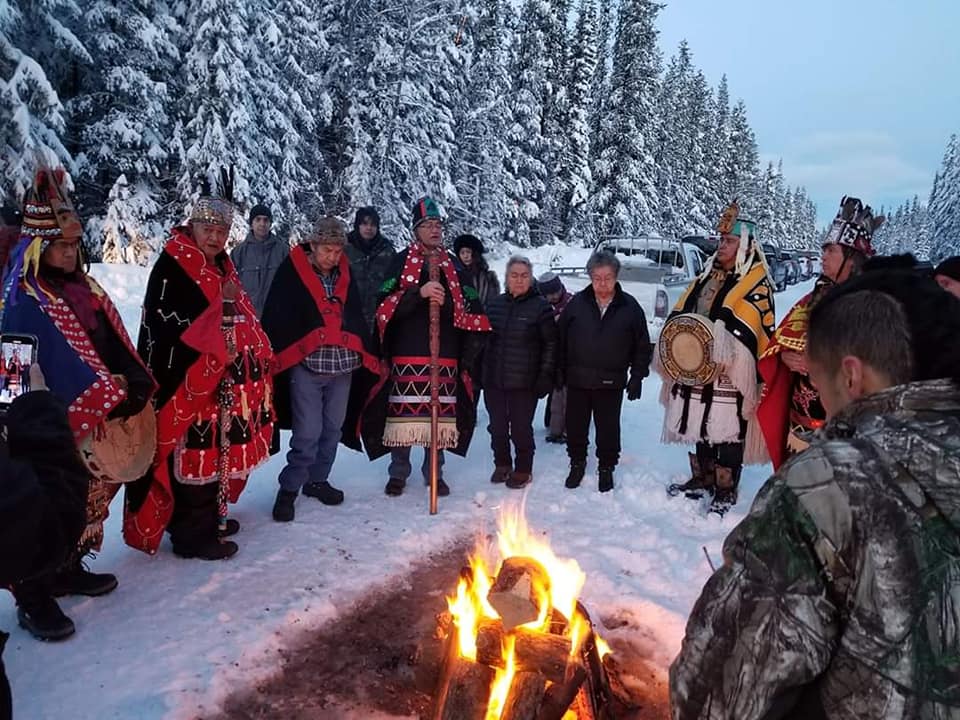Every day, we each make thousands of
decisions, answer hundreds of questions, and solve a plethora of problems. And
once in a very great while, we are confronted with a remarkable and unpredictable
consequence of one of these daily doses of decision making.
Such was the case for me one calm autumn day when a gentleman with a camera asked if he could take a photo. Too often, people assume it is within their right to capture, copyright and collect $ on images of me, regardless of consent, ethics or morality. So in this case, I gave my consent because I was happy to have even been asked! What we did not have a conversation about was what exactly would happen with the image once it was taken. In this particular case, it was shared with the local print paper, and then with another paper out of state, and another, and another... and before too long, I was globetrotting across geographies, virtually visiting people in communities, and even countries I've never even set foot in!
I've made virtual visits to distant
neighborhoods before, as an advisor and narrator in the travelling exhibition
"Maya Hidden Worlds Revealed," which has spent several months in ten
different cities across the country since its world premiere in 2013. But that
was the result of a carefully thought out and implemented plan, with a schedule
and a timeline.
This rapid series of unplanned
virtual visits with communities I've never even heard of before was something
very different. This photo, marked the day of the inaugural "First
Mondays Masterclass" series I present free to the community a month or two
after the start of every school year, which this year, happened to fall upon the day we reserve for
celebrating the life of those who we have lost. One of the many days each
calendar year that we use to acknowledge our relationship with those who came
before and the unbreakable bond that ties us to the land and lifeblood of
this continent. Not one of which are recognized by our school district. On this
very sombre Dia de los Muertos, we were honoring all the many friends and
relatives lost to us because of the pandemic. We were worrying about what would
happen the following day during the federal election. And we were also charting a
course for the future.
That day we lost Aunt Joyce, my
Grandfathers last remaining sibling. And, like we all do, I needed to find a
way forward, through the chaos and the grief and the uncertainty and the pain.
So I did what I always do. I picked up my grandmother's shell, and my son's
drum, and my mom's shaker and the chechayotes that I earned the right to learn
how to make. I gathered the children, and we went out to the street, on to the
road, in to the park, down by the river. We brought four items to represent the
earth, the animals, the plants and the elements to remind us of our role and
responsibility. And we opened up our minds and hearts to the rhythm that comes
with practicing the art of interpreting the voice of the drum, the shakers and
the shell. We did what we always do. What we always come back to. In that
moment, on that day, we made a stand against the possibility of oblivion. We
stood together, in solidarity with every being on the planet and beyond who
stands for dignity, justice, fraternity and equity. We practiced discipline,
compassion, determination and love. We understood that people have the right to
their own views and practices. But we are also very aware that there is no reaching the
promised land without all of us and our languages, songs and traditions
intact. If we wish to arrive to that place where we each get to develop to our
full potential, under our cultural tree of knowledge, with its particular variety,
we must all make that journey together. We must repair the damage done to
ourselves and each other, from long ago as well as just yesterday. In doing so, we set ourselves free from the despair, hopelessness and anger bleeding from generational cycles of oppression, abuse and trauma.
In order for this opening to happen, we need to confront and eliminate once and for all the vestiges of systemic inequity that exist in
every aspect of our institutionalized frameworks and infrastructures: from
justice - to legislation - to all levels of policing (local, regional, national and
international.) In our homes, and schools and cities and states we must all
take action and accountability for moving forward together toward that ever elusive
dream of equality and justice for all.















